
City of gods: Hong Kong’s varied cast of ancient deities explained
- Southern Chinese folk religions still thrive in the city, a confluence of Buddhism, Taoism and Confucianism
- Festivals, temples and even the names of neighbourhoods venerate the likes of Tin Hau, Wong Tai Sin and more

It’s impossible to wander through Hong Kong without coming across a Chinese temple, easily recognisable with their green-tiled roofs and burning incense. Some are wedged between towering buildings; others a trek from the city centre or a stand-alone structure along Hong Kong’s many island coastlines.
Traditionally, Hongkongers practise southern Chinese folk religions, which venerate ancestry and the rational balance between humans and nature. Here, worship is devoted to a pantheon of countless immortals.
By the Song dynasty (960-1279AD), the boundaries had blurred between the practices of Buddhism, Taoism and Confucianism in the region – fusing a popular system of belief that has lasted until today.
Even as glossy skyscrapers and mega-malls take over the skyline, the still-frequented temples prove Hong Kong’s undying devotion to heritage. From places of worship that rest at the feet of tall buildings to the incense that burns along streets as pedestrians go about their daily business, such elements can be seen throughout the city.
This week, City Weekend explores some of the many folk deities that contribute both to Hong Kong’s urban make-up and its immense religious medley.

Tin Hau
In a city that has long relied on the ocean – first as a fishing village, later as a centre of trade – it’s no surprise that Tin Hau, the “Empress of Heaven” and goddess of the sea, is the region’s most celebrated deity.
To this day, Tin Hau Festival is one of the most celebrated Chinese festivals in the city, with all walks of life coming together to celebrate the goddess’ birthday. The celebrations start on the 23rd day of the third month of the lunar calendar, which fell on April 27 this year.
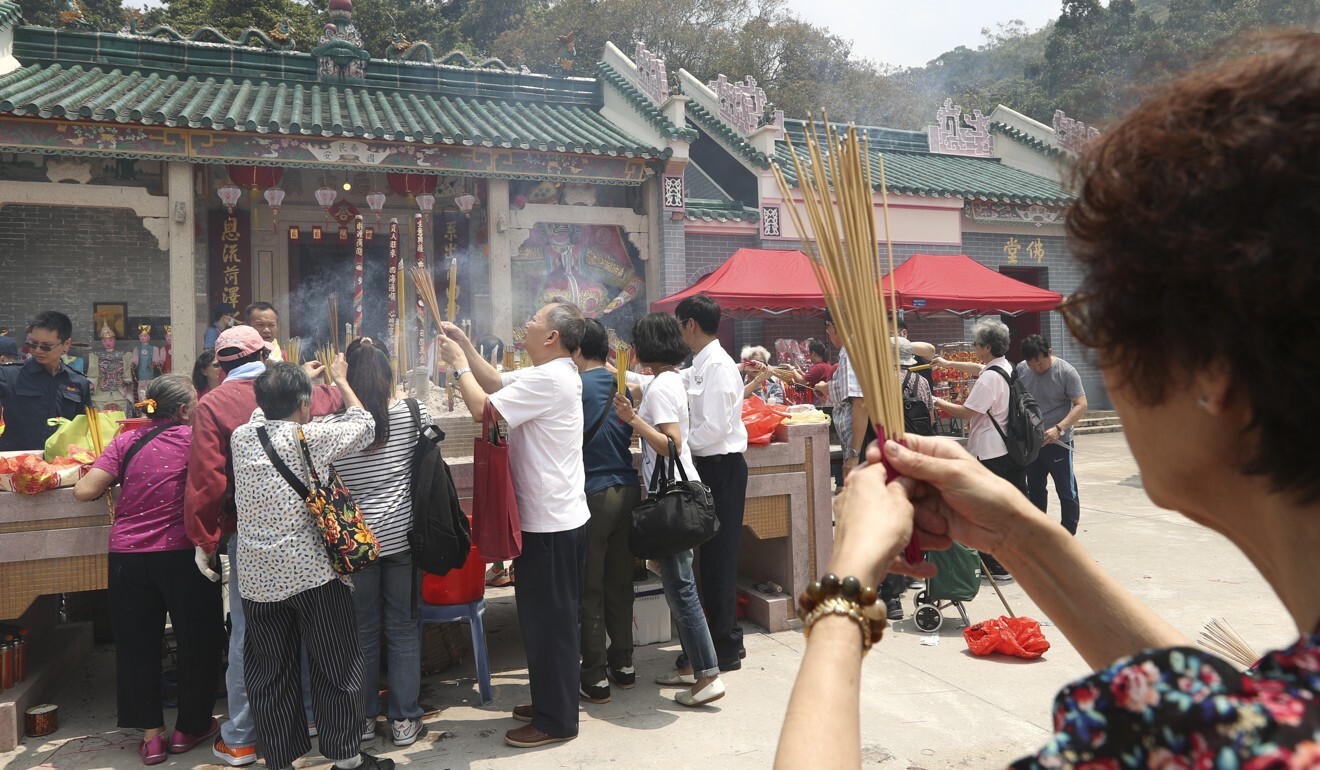
Traditionally, fishermen and seafarers pay their respects, or bai sun, to Tin Hau, asking for her protection from the ocean. This can be done at any of the 60-plus Tin Hau temples across the city, or by passing a temple on a boat and sailing three figures of eight.
Taoist legend has it Tin Hau was born as Lin Moniang, a girl from Fujian, around 960AD.
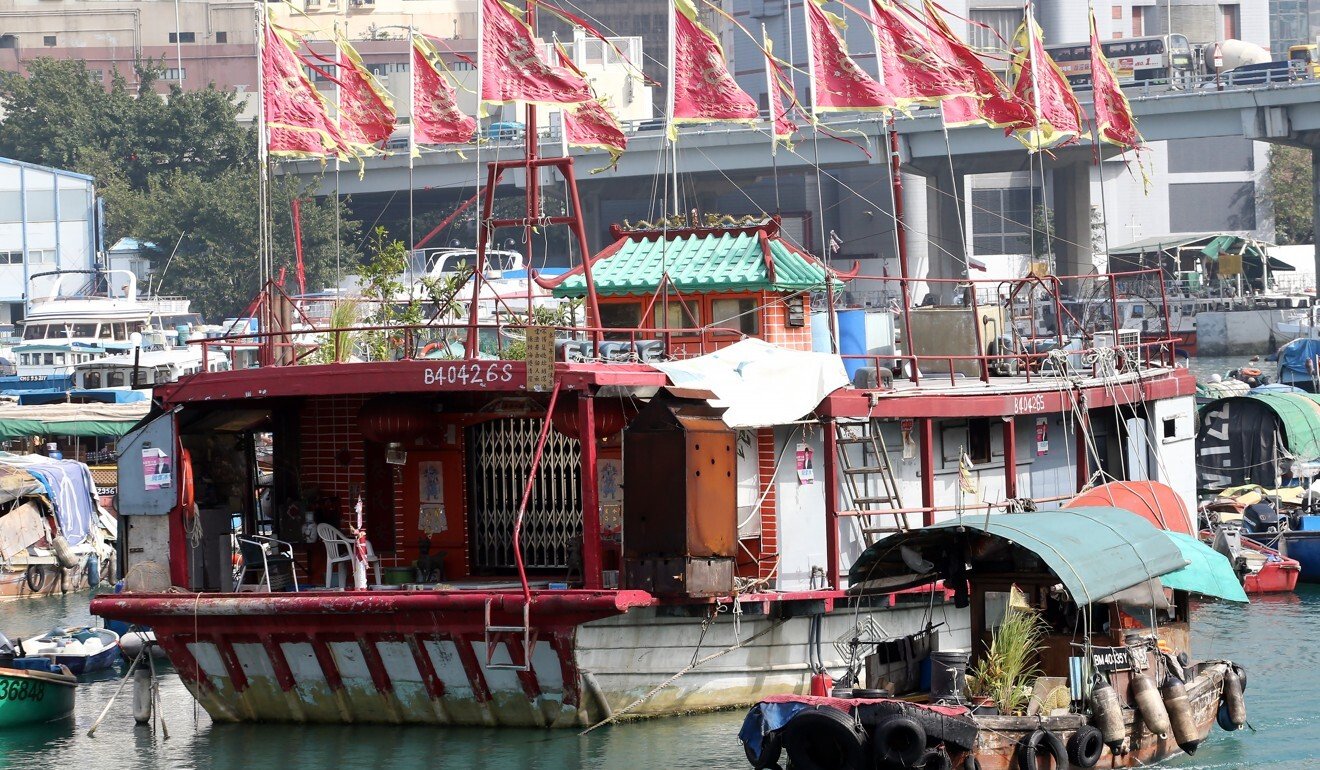
Bestowed with the gift of predicting weather, she died young while trying to save her father and brothers from a boat accident. After that, she ascended to heaven, becoming a goddess. In 1684, the Qing Emperor Kangxi gave the goddess the highest honour, the name Tin Hau, as she is now known.
Today, two of the most prominent Tin Hau temples in Hong Kong are the Floating Tin Hau Temple in Causeway Bay, a bright red Chinese-style boat moored in the typhoon shelter, and Fat Tong Mun Tin Hau Old Temple in Joss House Bay, which hosts a massive Tin Hau Festival each year.
Wong Tai Sin
Like Tin Hau, Wong Tai Sin, the god of fortune, is a Taoist deity with a long and celebrated history. Both immortals have not only MTR stations but entire neighbourhoods dedicated in their honour.
Taoism is alive and well in Hong Kong, where the 2,000-year-old religion has more than 300 temples and abbeys, tended to by the city’s 1 million-plus believers, who advocate simplicity and harmony with nature.
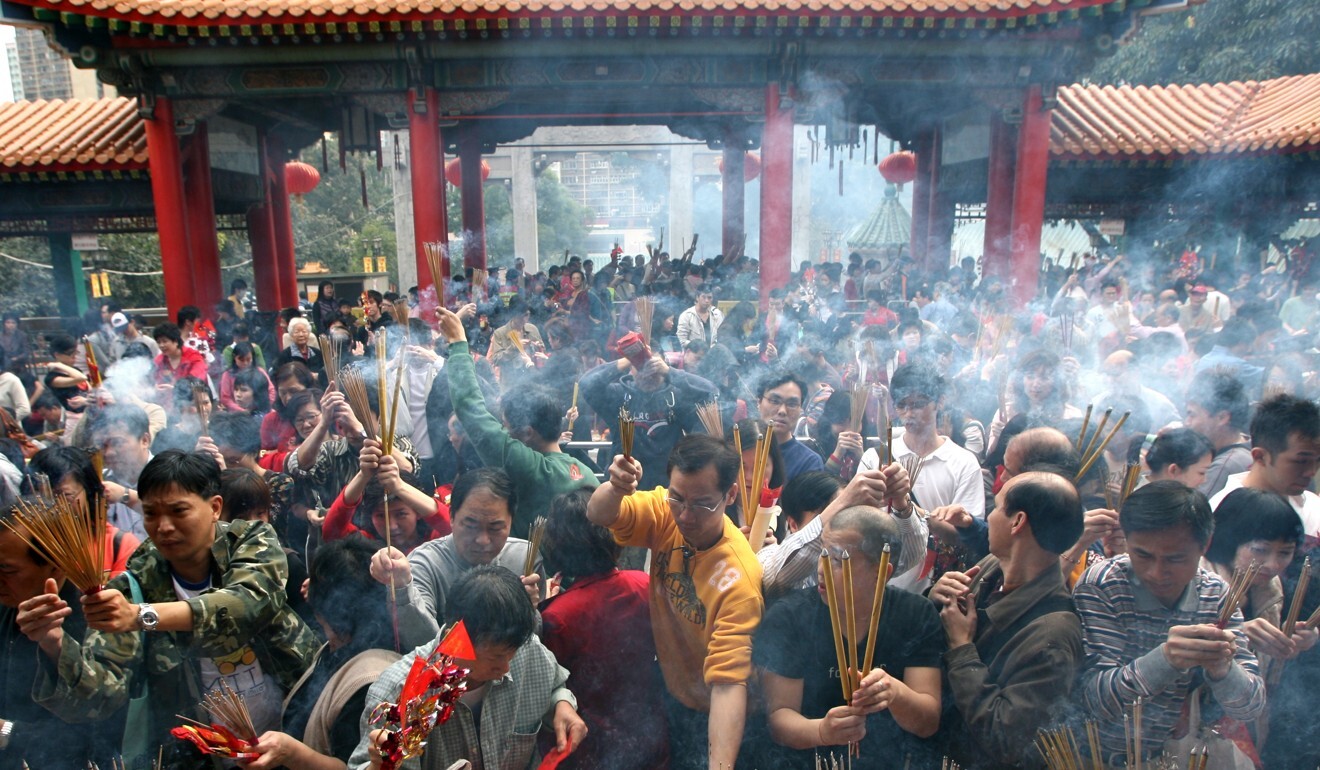
Wong Tai Sin was born in the fourth century in Zhejiang province as Huang Chuping and grew to become a shepherd. Legend has it that one day an immortal paid young Huang a visit, bestowing upon him the gift of immortality. Thus began Huang’s journey to becoming a Taoist monk and a life that led to his ultimate deification as the “Great Immortal Wong on Red Pine Hill”.
Today, Wong Tai Sin is the eponymous god of one of the most famous temples in Hong Kong. Visitors flock to the temple on his birthday – the 23rd day of the eighth lunar month – and on Lunar New Year, to have their prayers answered and to be blessed with good fortune and godly guidance.
Man Cheong and Mo Tai
Civil and literature god Man Cheong and martial god Mo Tai are better known by their double-act stage name: Man Mo.
Mo Tai, worshipped both as a bodhisattva in Buddhism and as a guardian deity in Taoism, is more widely known as Kwan Tai, or Guan Yu.

Brought to popular culture in the famed historical novel The Romance of the Three Kingdoms, the god of war is one of the most important deities in Chinese folk tradition. Born to humble beginnings, Mo Tai ascended to glory through his wartime victories. Like Tin Hau, Mo Tai was promoted over time, until he attained his final rank as “Guan the Holy Great Deity; God of War Manifesting Benevolence, Bravery and Prestige; Protector of the Country and Defender of the People; Proud and Honest Supporter of Peace and Reconciliation; Promoter of Morality, Loyalty and Righteousness”, or the “Saint of War” by the Qing dynasty in the mid-19th century.
Man Cheong was born during the Qin dynasty in 287AD as Cheung Ah-tse. The myths around Man Cheong say that as a man he had power over the lives of many government officials. He was given the name “King Emperor Man Cheong” during the Yuan dynasty.
Man Mo temples across the city are characterised by their smoky, incense-filled air and piles of sacrificial fruit. In these temples, the gods are depicted alongside their symbols: Mo Tai appears in his green robes, a sword by his side, while Man Cheong wears his red robes and carries a pen. Together, these two deities were worshipped by ambitious students and scholars seeking success during the competitive civil examinations during the Ming and Qing dynasties. Even today, it is not uncommon for people to pray at Man Mo temples for academic success.

While there are several of these temples in Hong Kong, the largest and most famous Man Mo temple is on Hollywood Road in Sheung Wan. Built in 1847, it is protected as a declared monument.
Pak Tai
A god of the sea like Tin Hau, Pak Tai – the northern emperor – was introduced to Hong Kong by settlers from Guangdong province, who thanked the god for their safe travels to the city.
While the origin stories of Pak Tai vary, one thing is clear: the god is uniquely ancient even among China’s many 2,000-year-old deities. One myth predates the famous folk gods of dynastic China by more than 1,000 years, establishing Pak Tai as the Dark Warrior Jyun Mou, or Xuanwu. Another story places his human life between 2698 and 2598BC as a prince turned Taoist recluse during the Yellow Emperor’s reign.
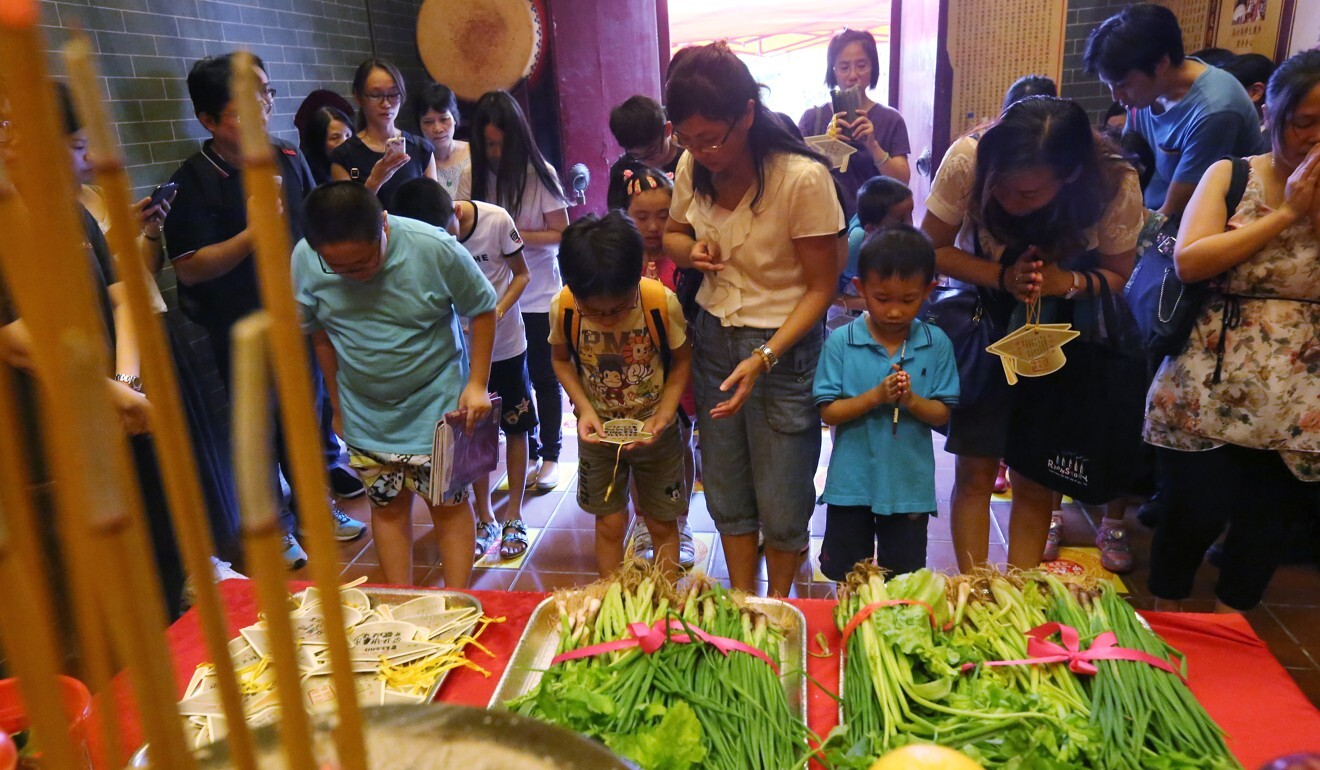
According to other legends, Pak Tai was a Shang dynasty (1700-1027BC) prince. He was appointed commander of the Twelve Heavenly Legions by the Jade Emperor to fight against the Demon King terrorising the kingdom. After defeating the enemy, Pak Tai was honoured as the “Supreme Emperor of the Dark Heaven”, and has been adulated for his protective abilities and disaster-averting powers since.
Pak Tai is commonly depicted with long hair and a beard, halo floating in the air above his head, and his body covered by ceremonial robes and golden armour. In Hong Kong, he is often shown with his bare feet resting on the serpent and tortoise sent by the Demon King to defeat him – an image that symbolises the triumph of good over evil.
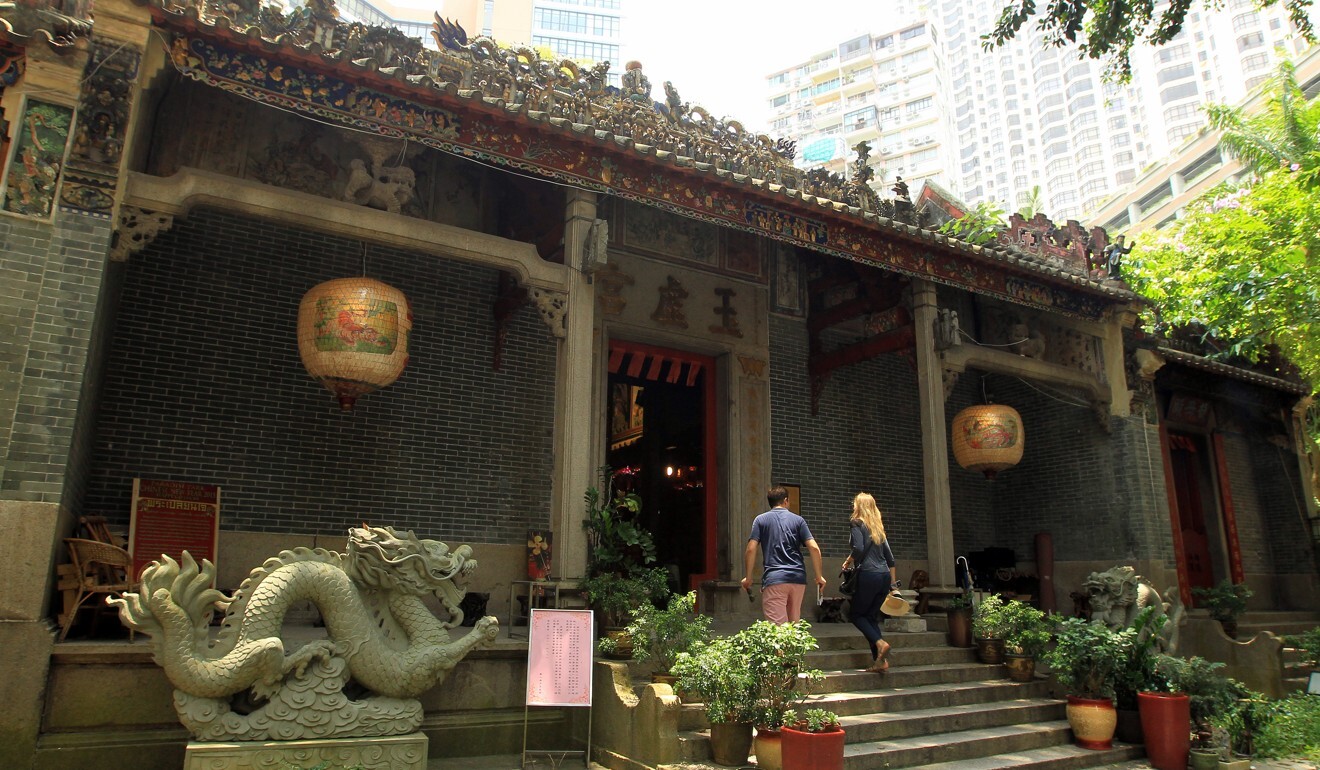
Hong Kong’s most famous Pak Tai temple is on Cheung Chau, and stands at the site of the annual bun festival. The temple is known as the Palace of the Jade Void, and is filled with people on the third day of the third lunar month, Pak Tai’s birthday. By paying respects to the god and collecting a paper talisman of his protection, worshippers hope to be guarded from evil spirits and blessed with good health for the year.